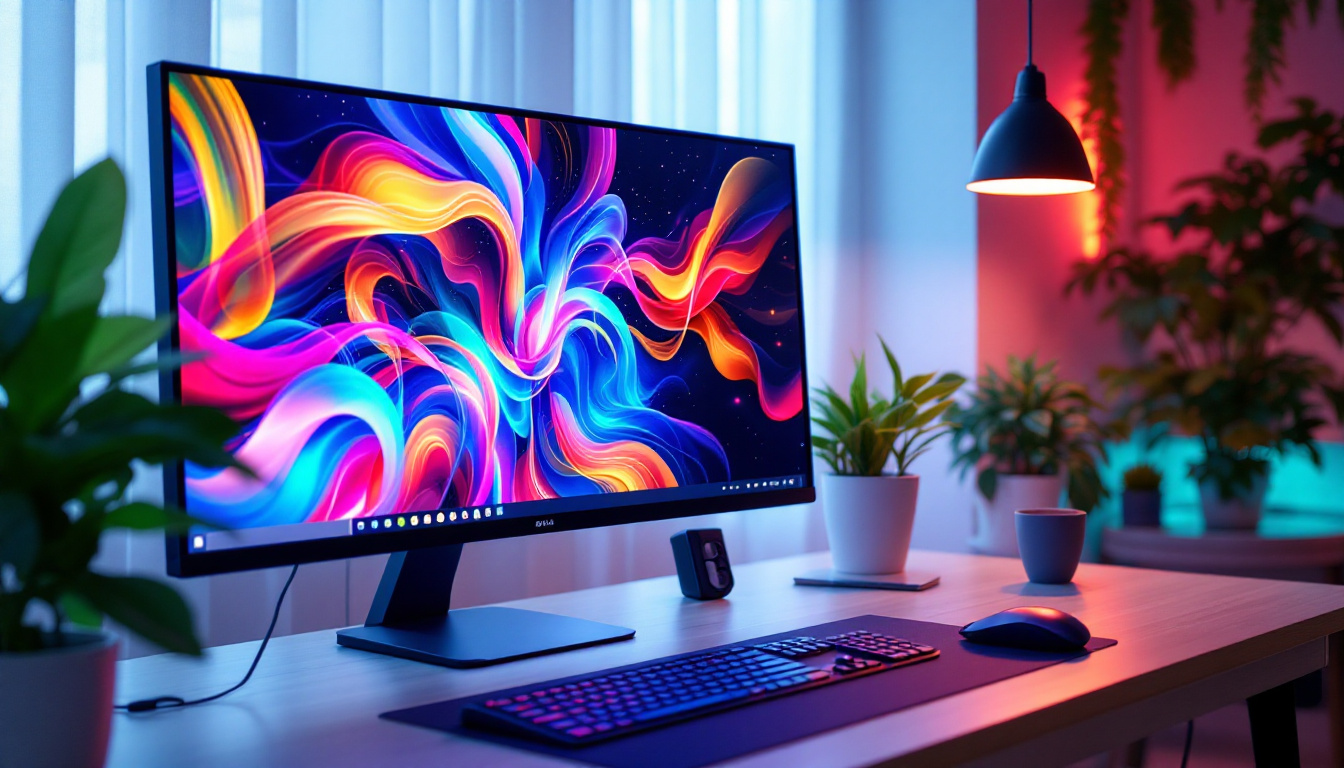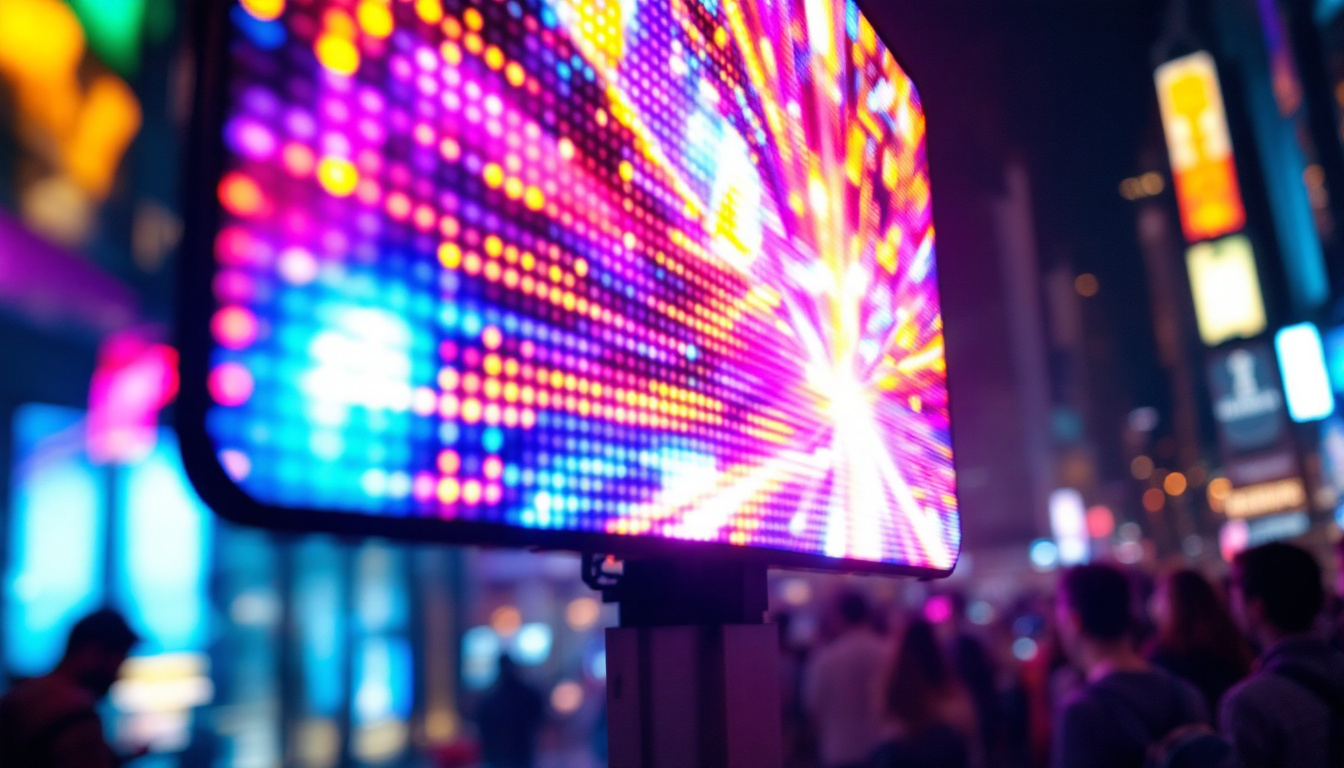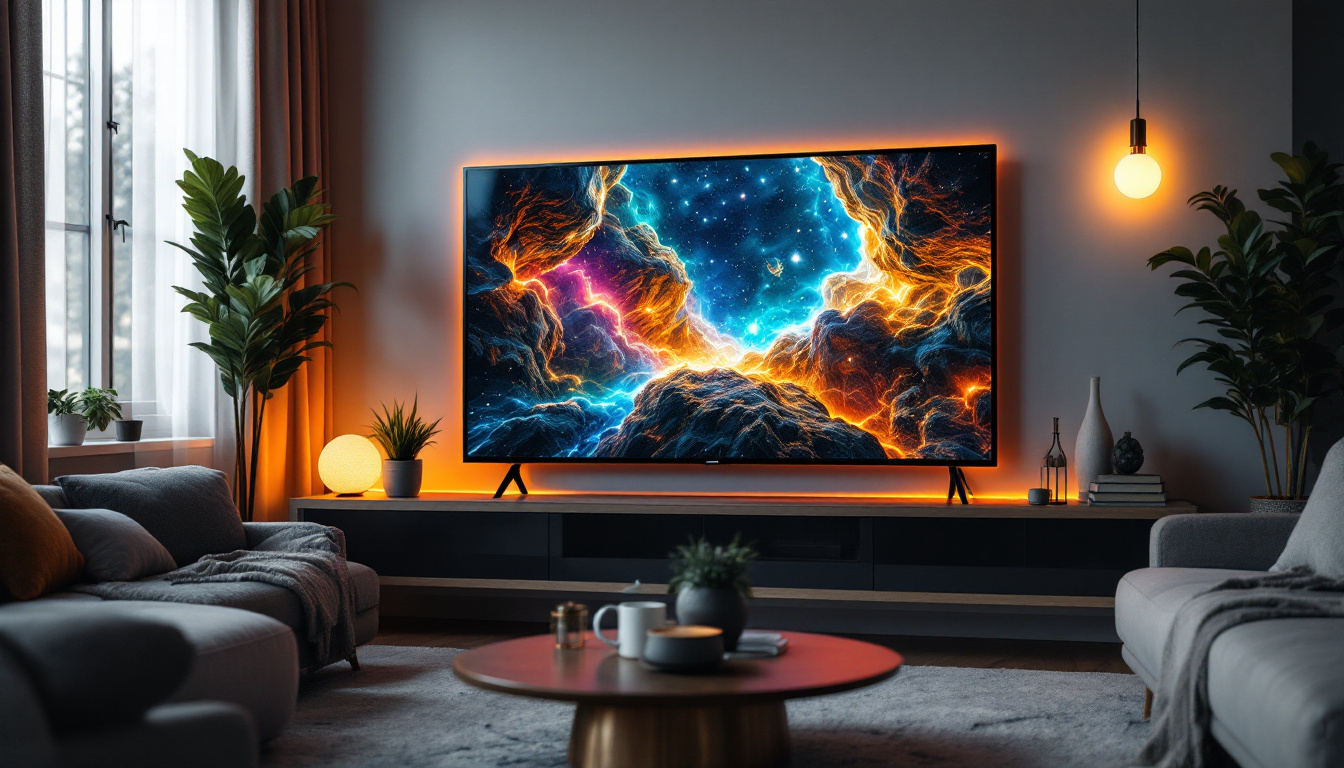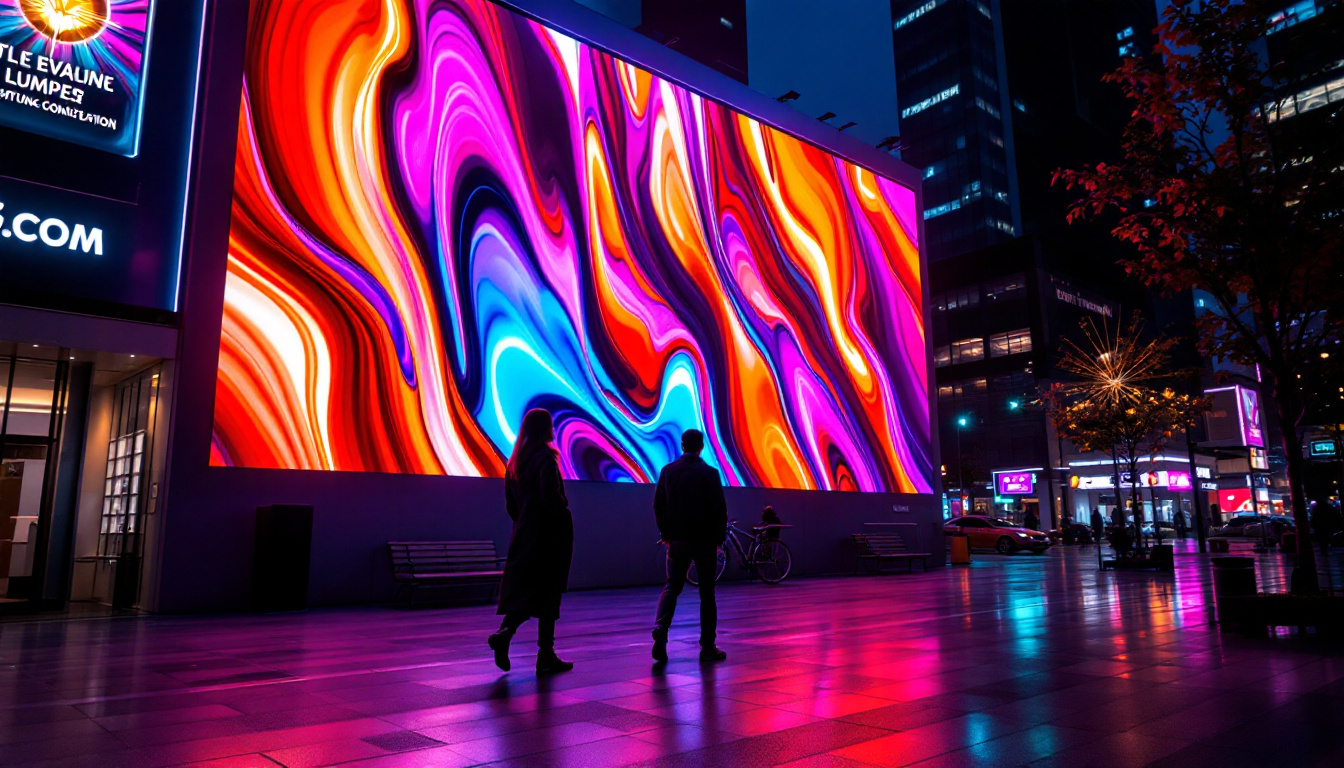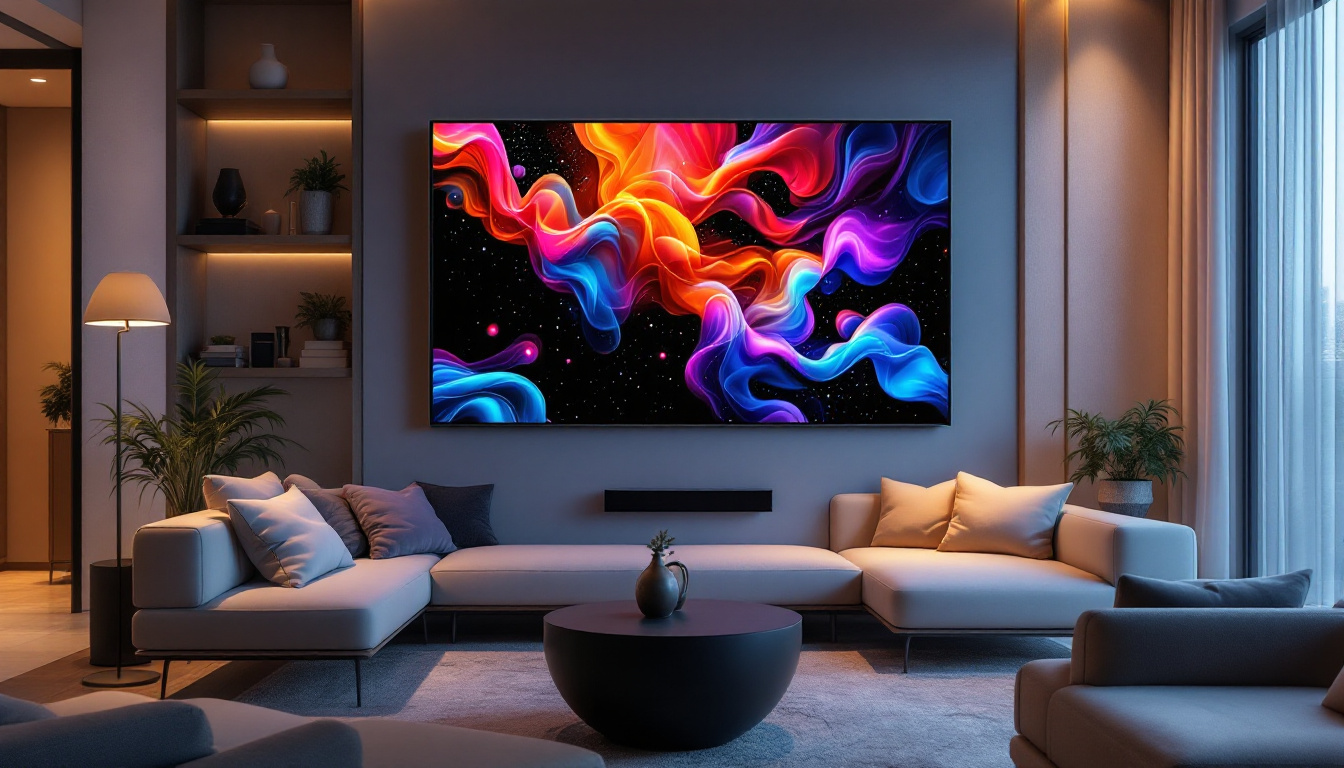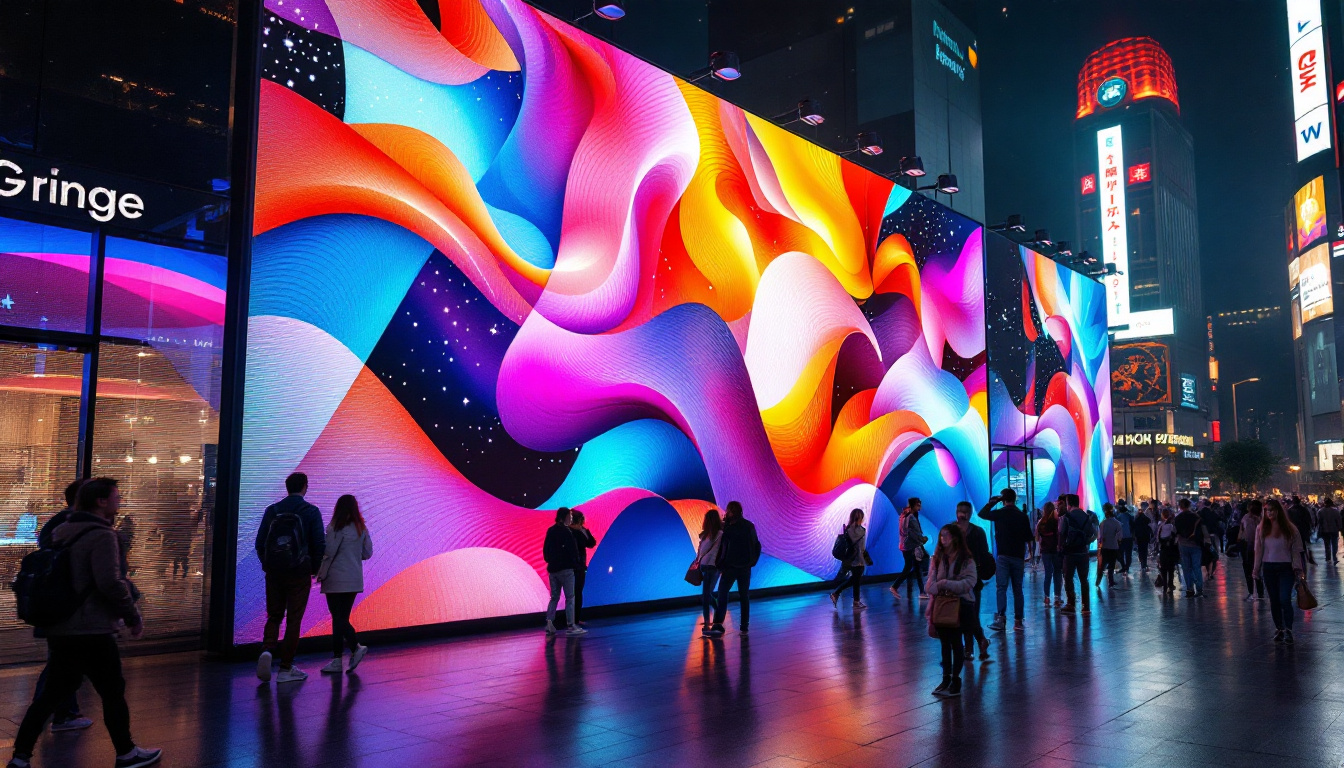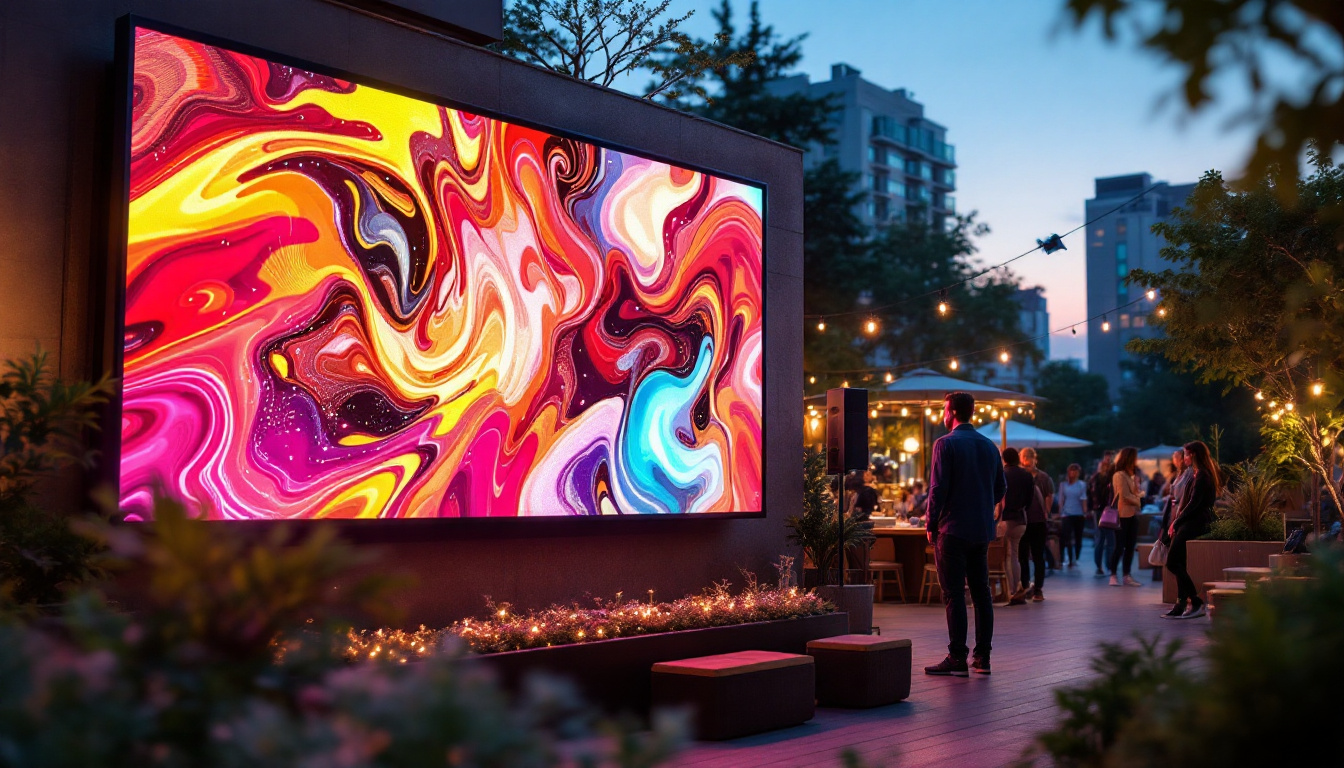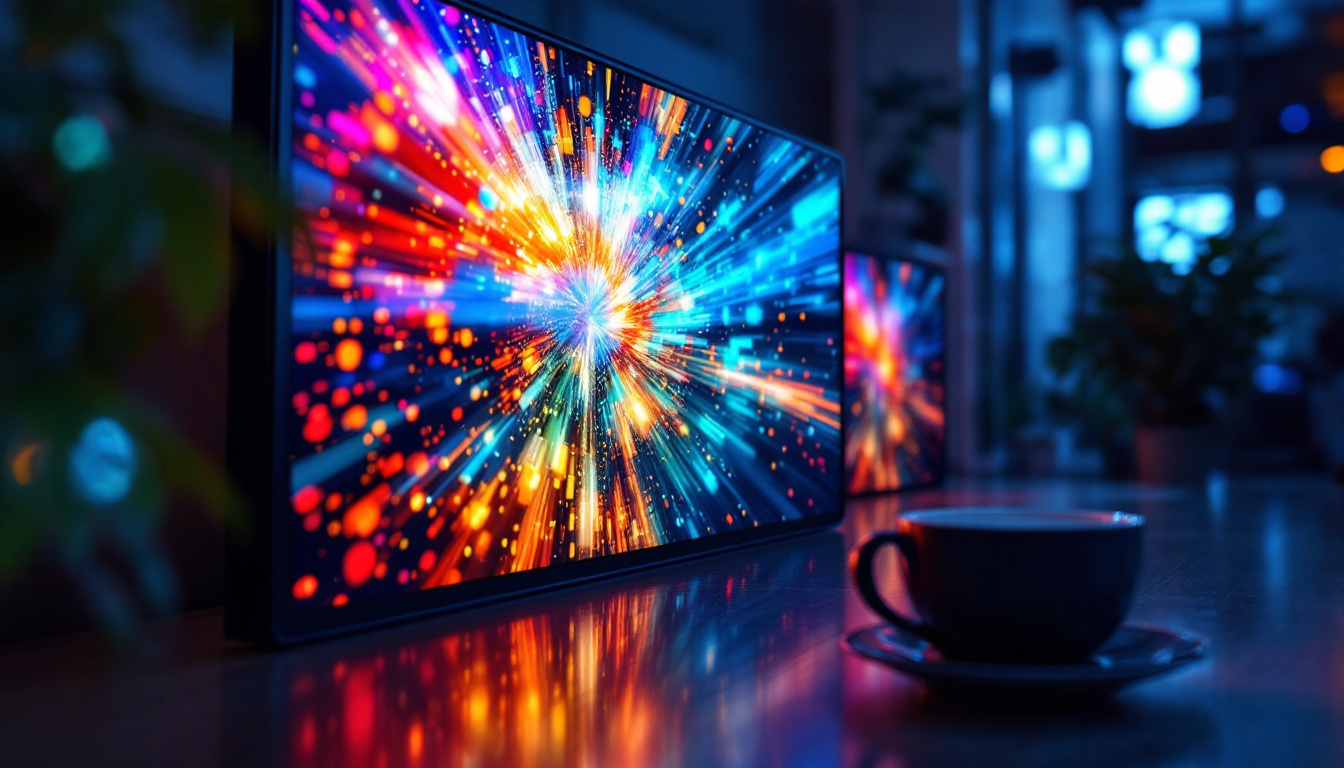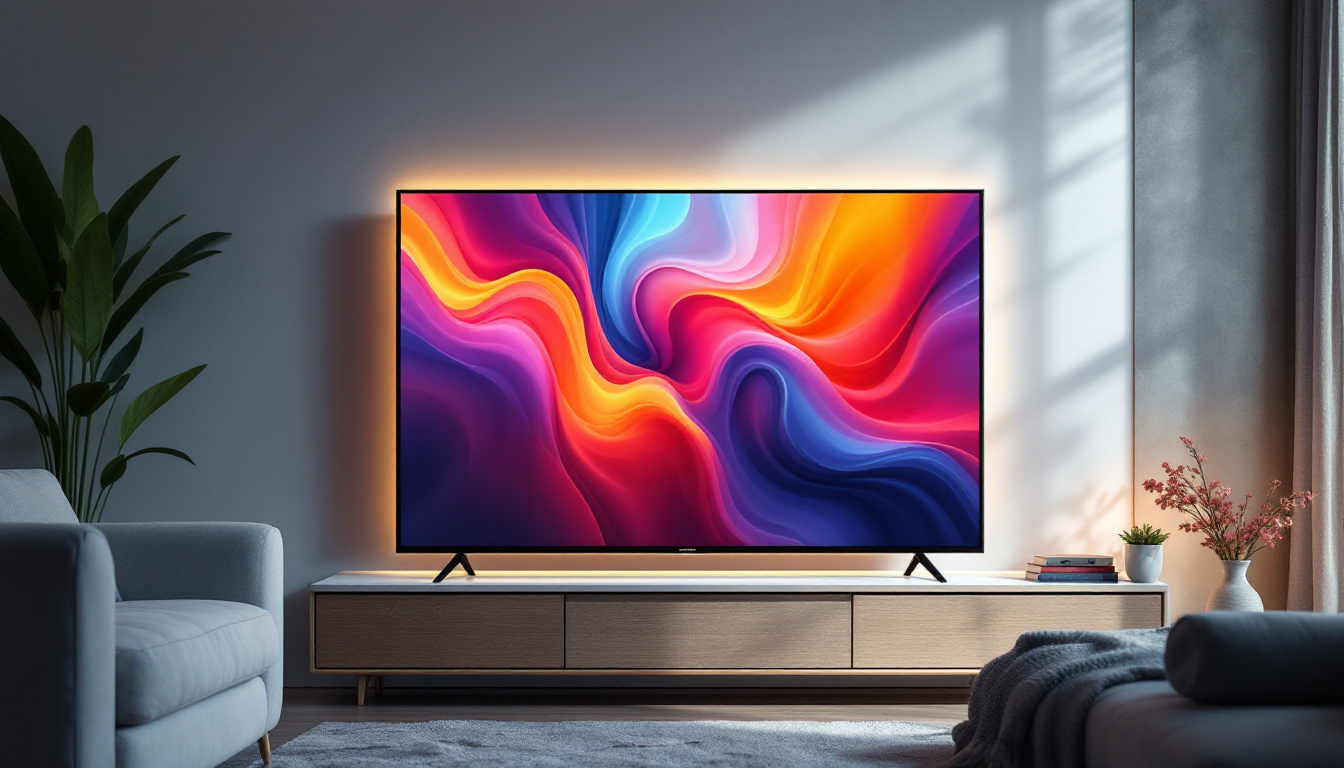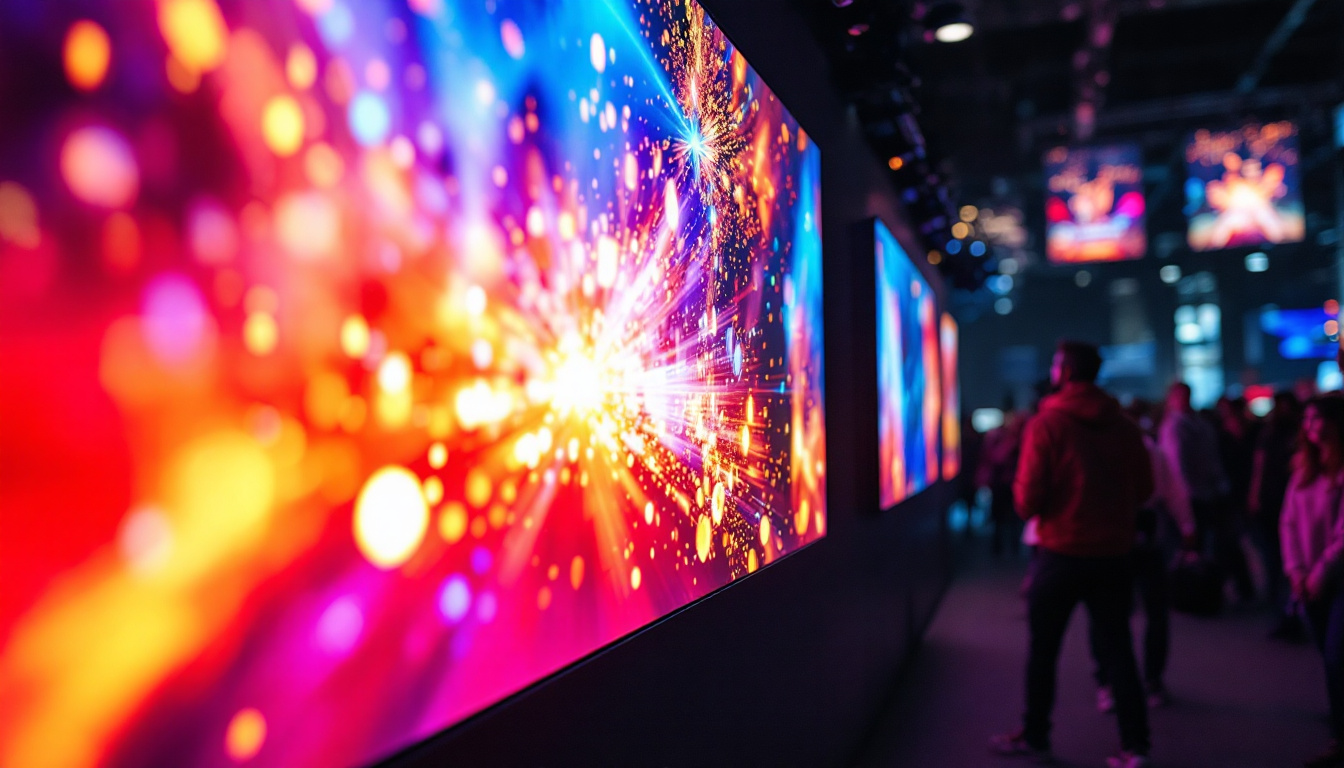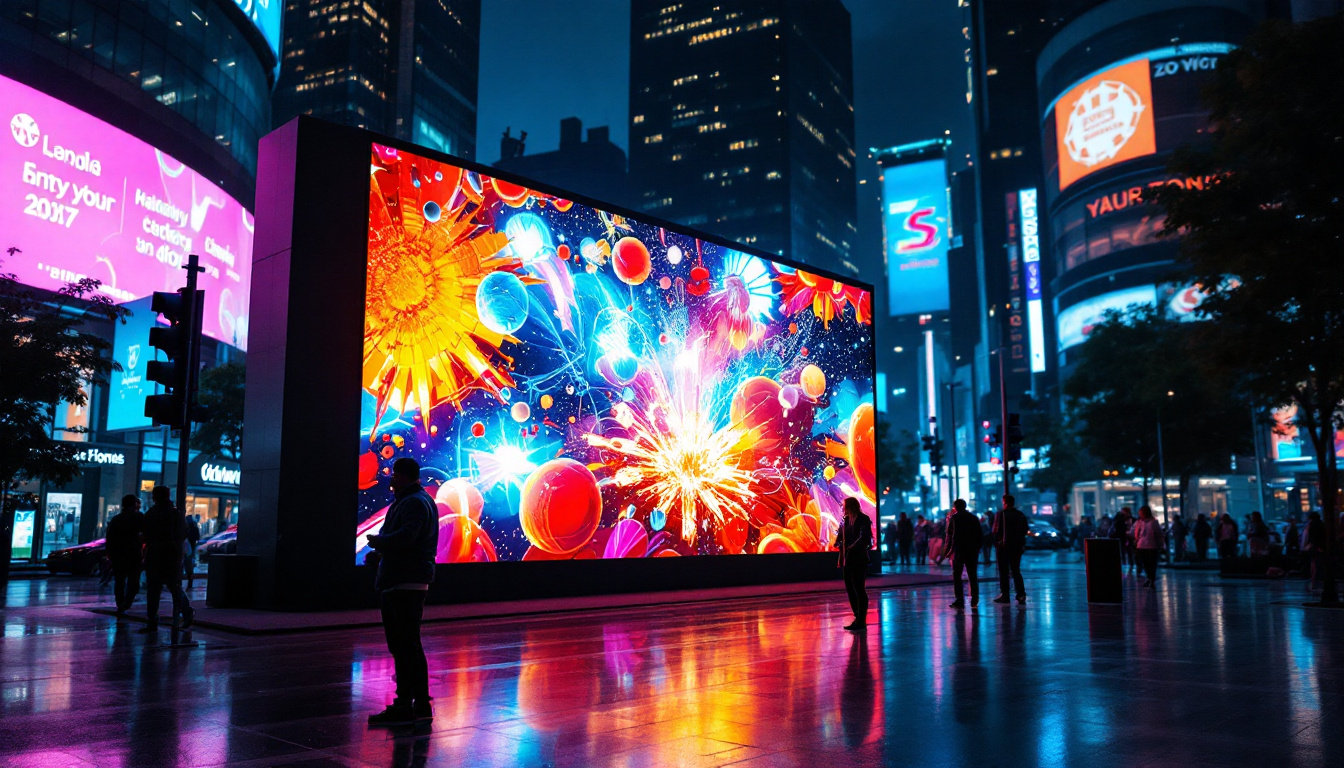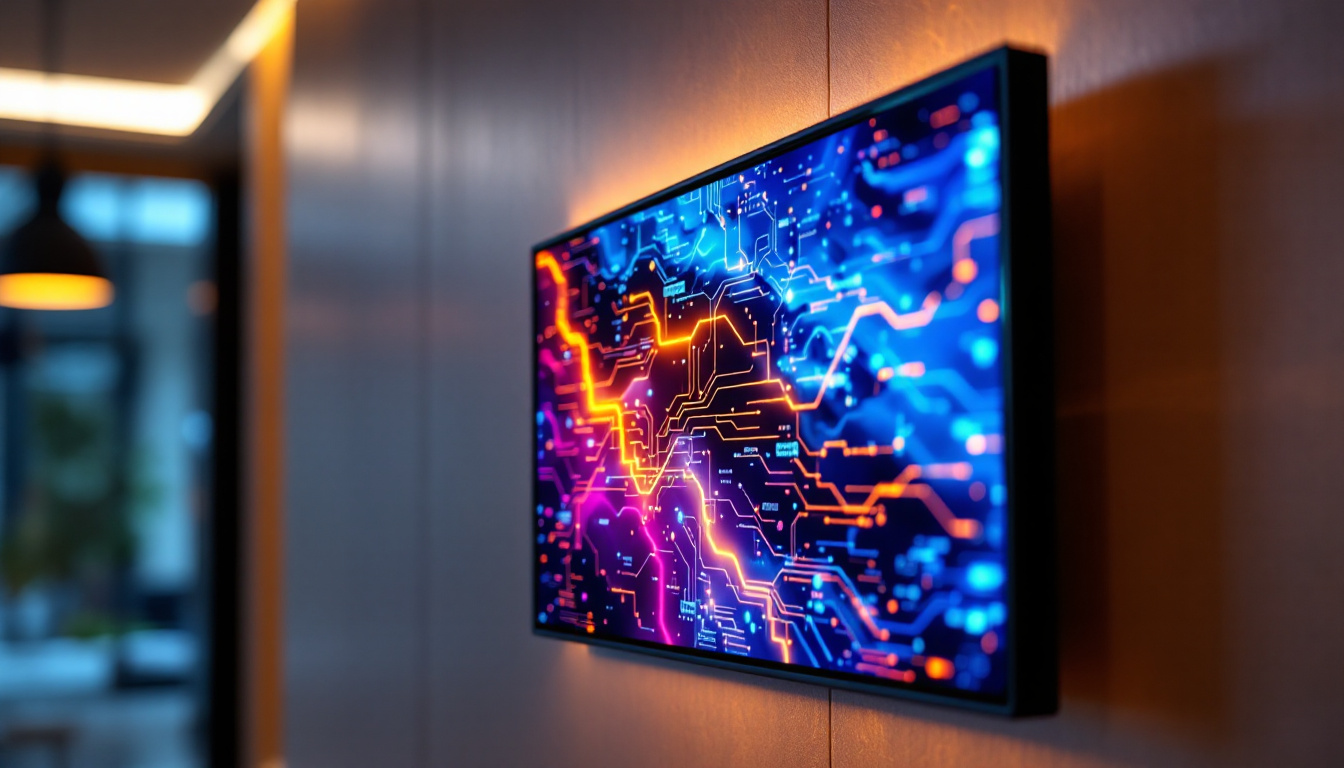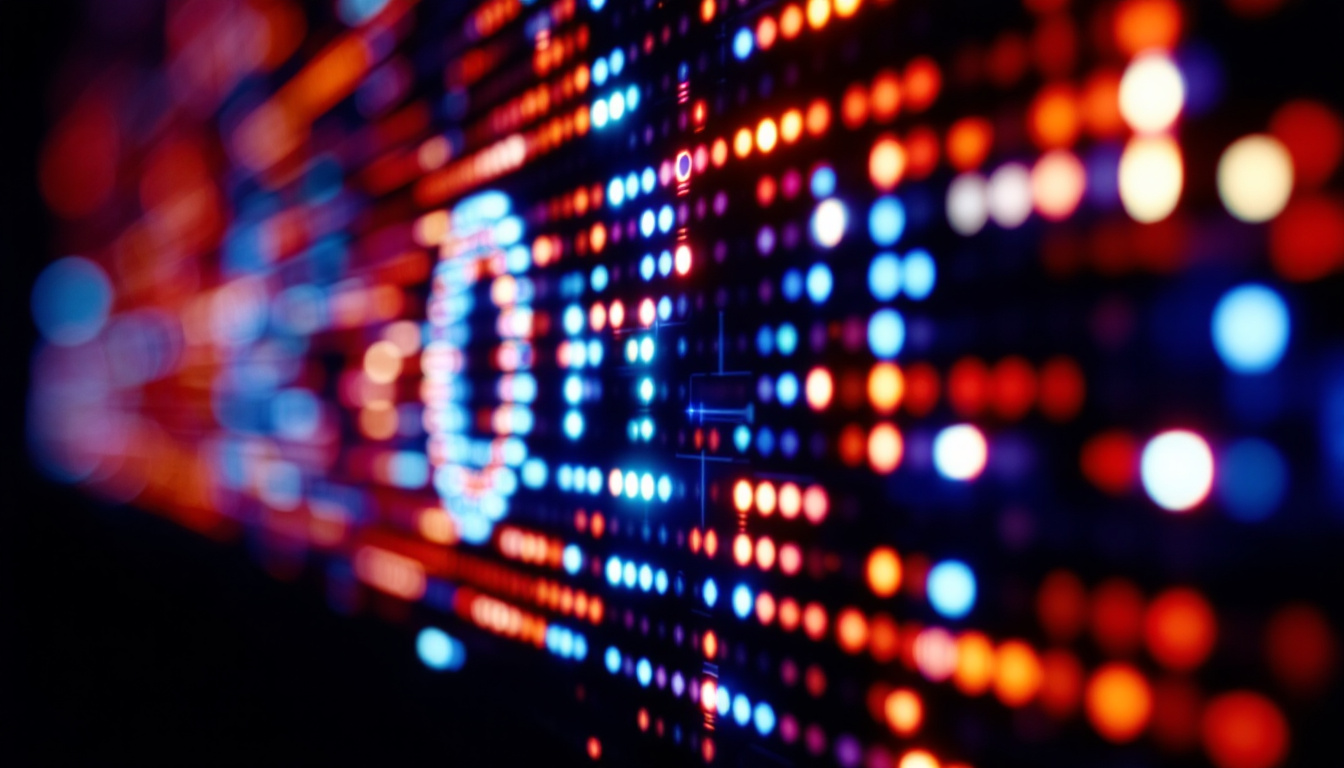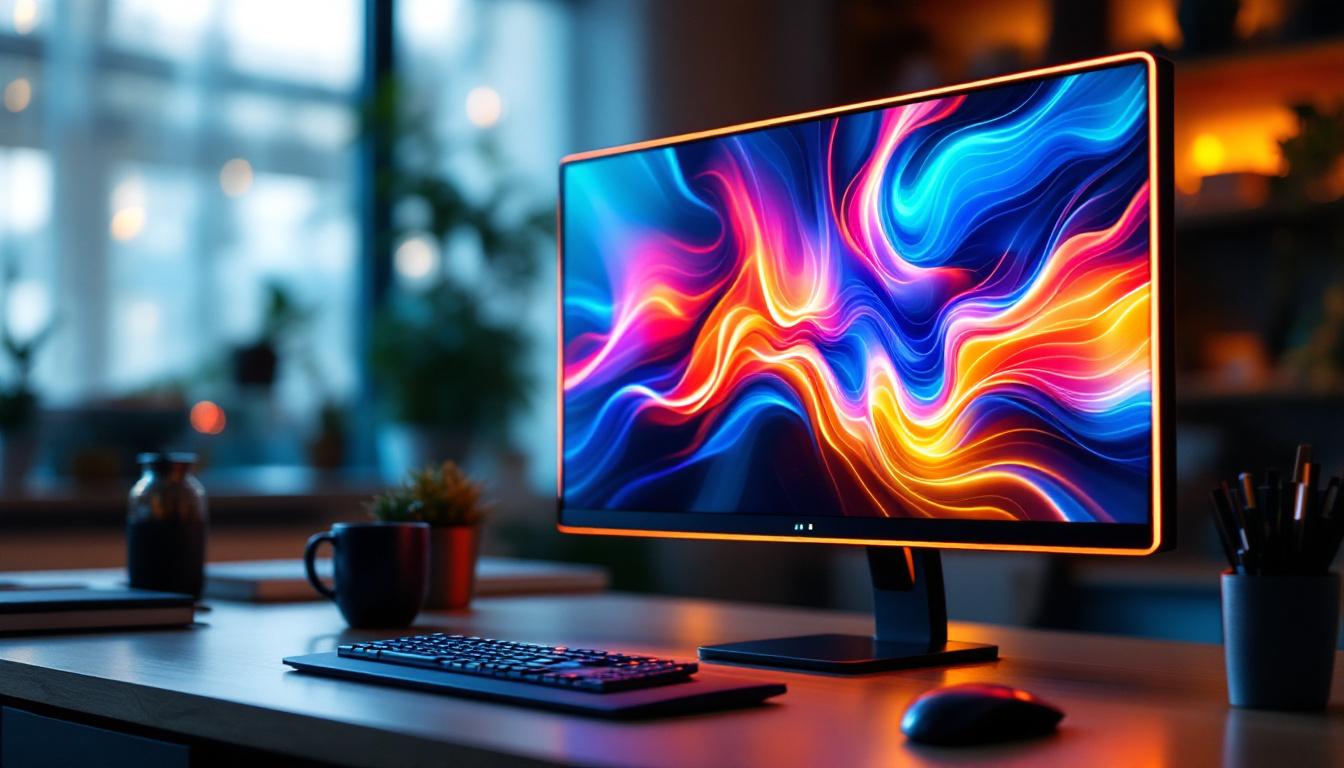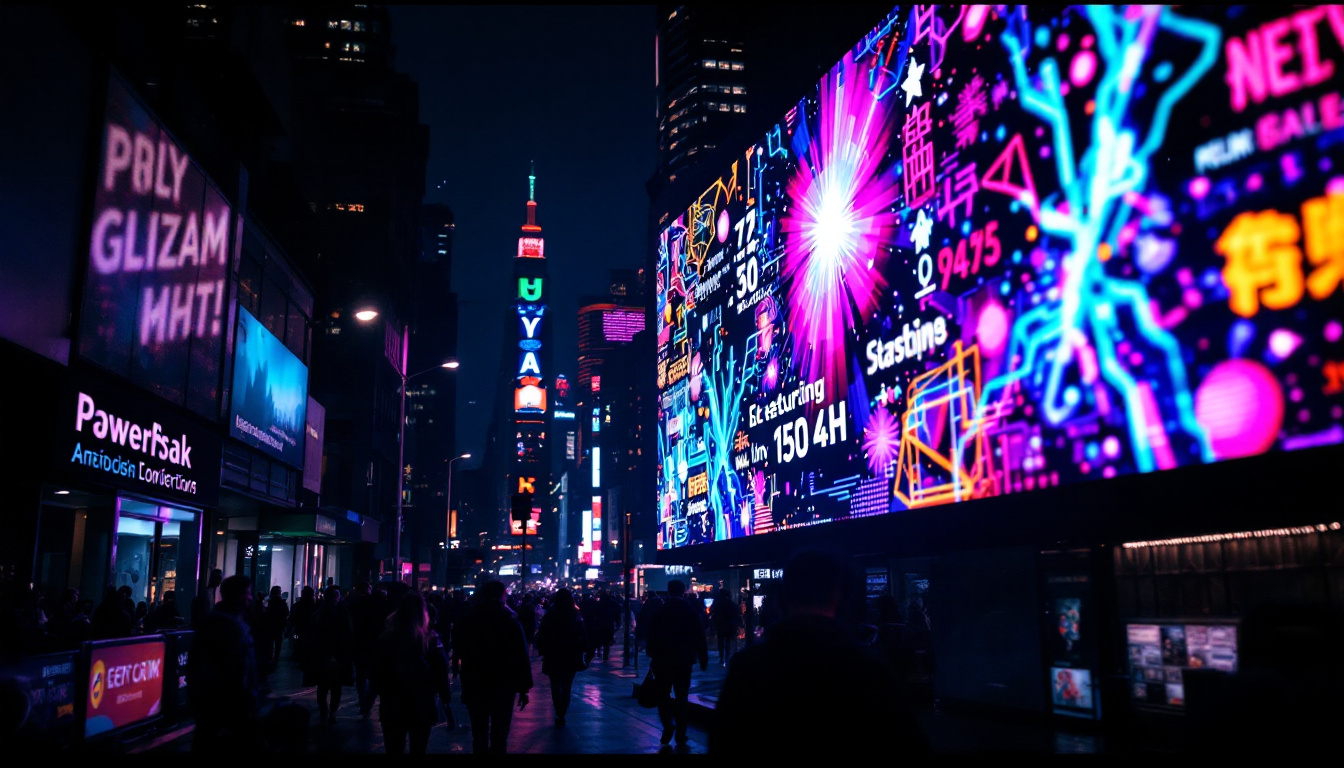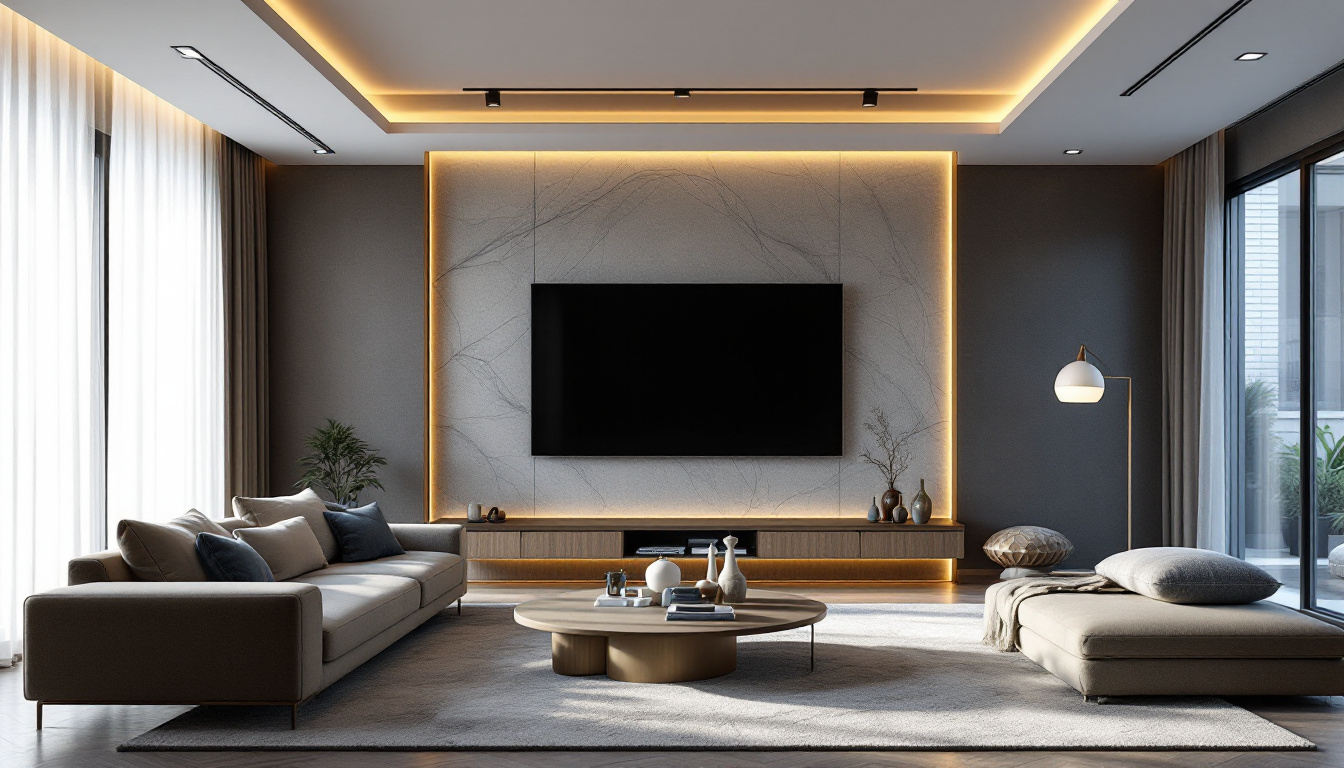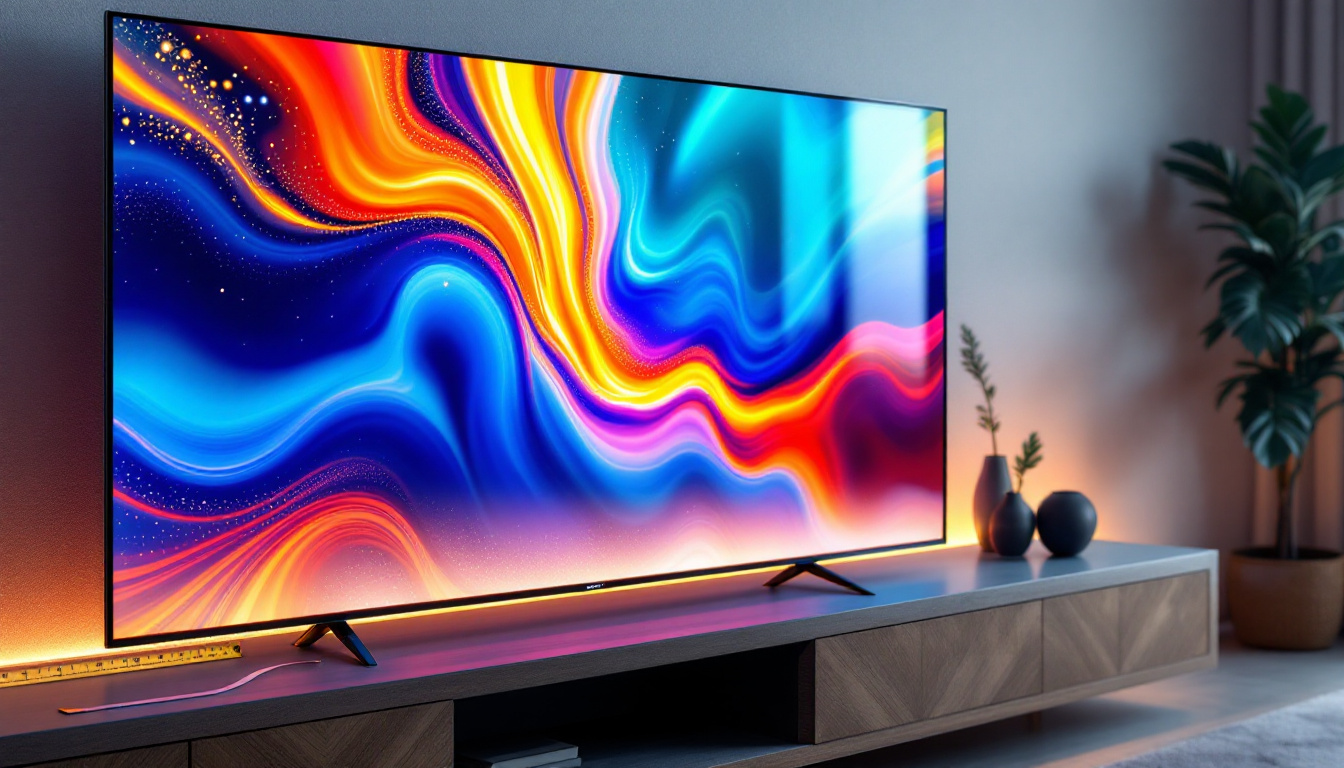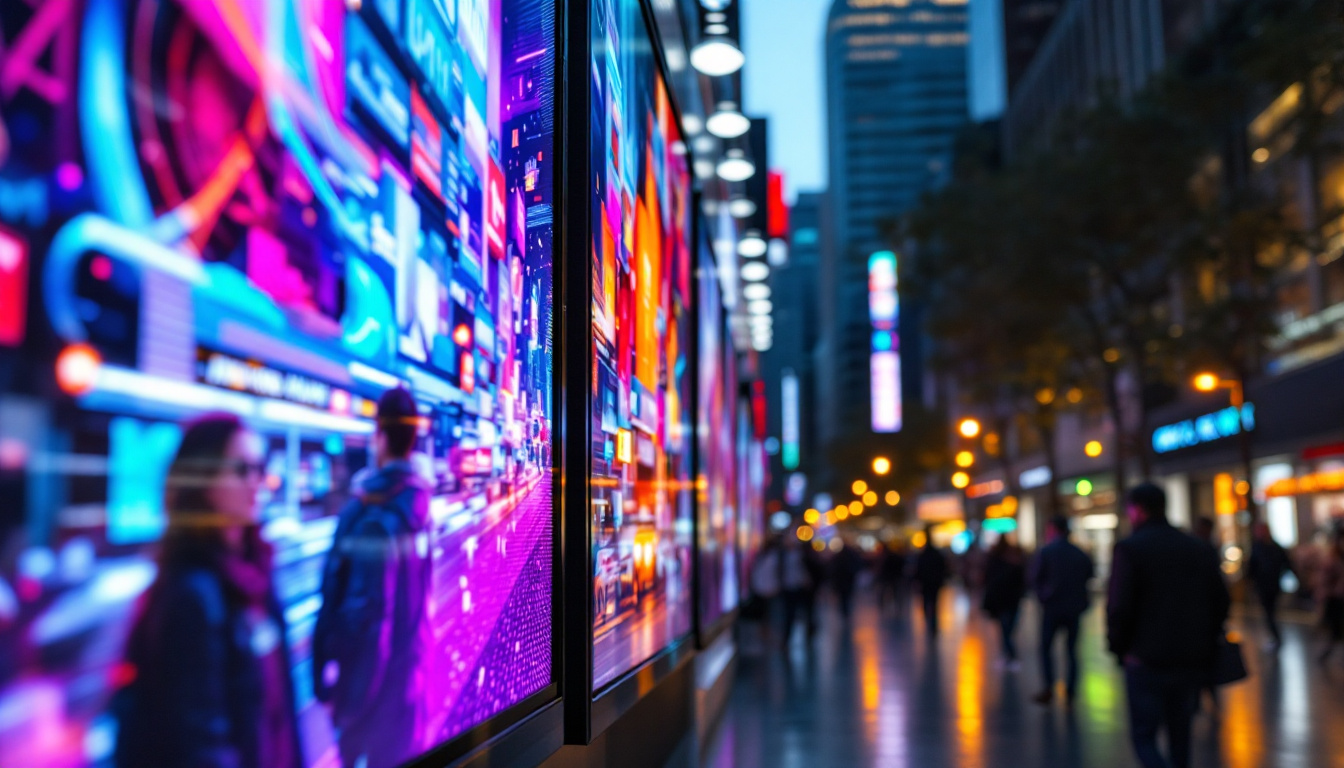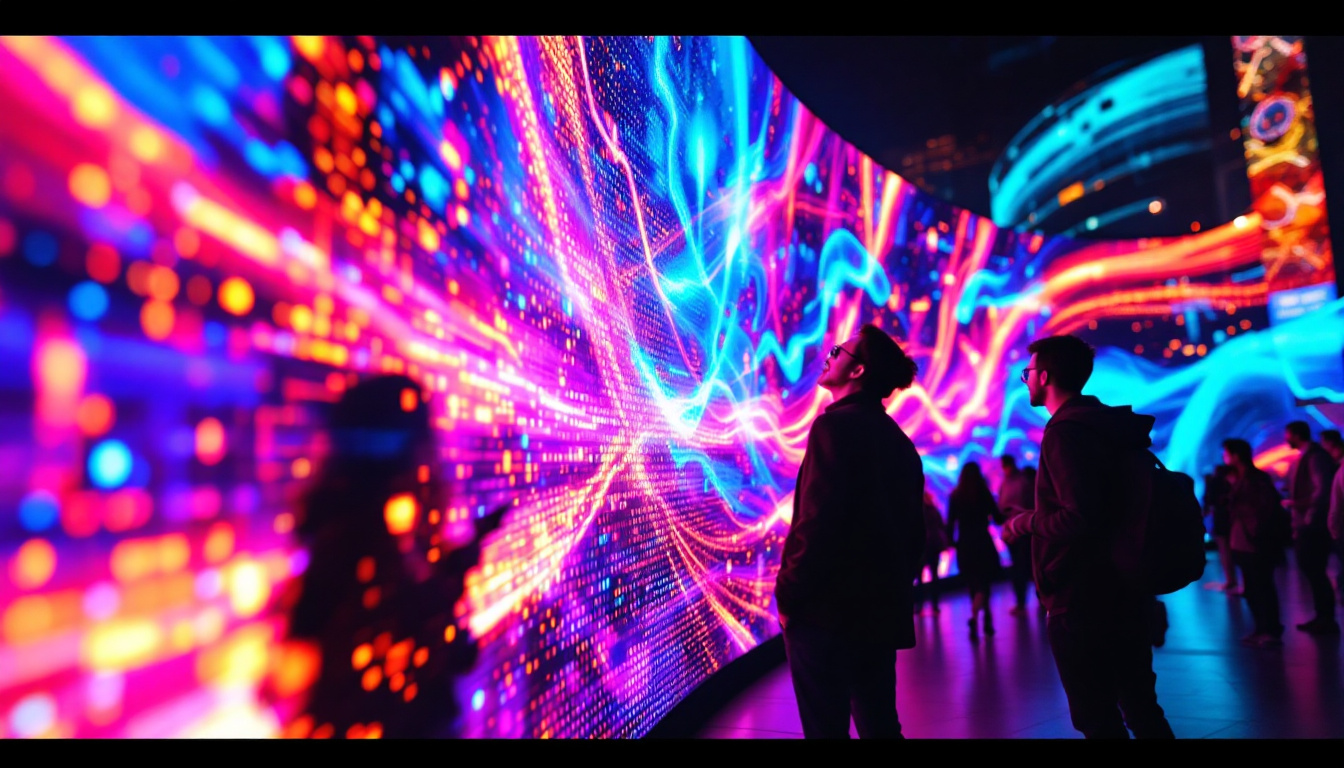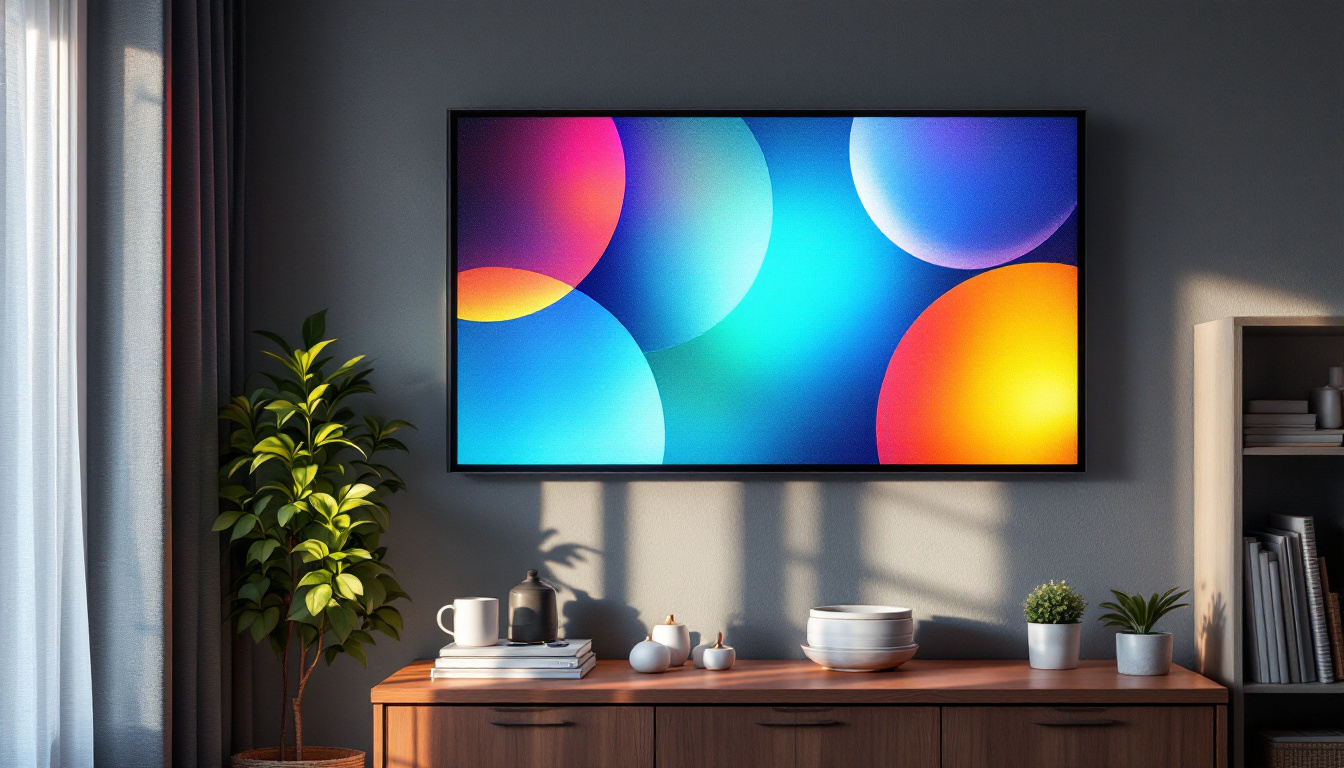In the realm of desktop computing, the monitor serves as the primary interface between the user and the digital world. Among the various types of display technologies available, LED (Light Emitting Diode) displays have emerged as a popular choice. This article delves into the intricacies of LED displays, exploring their advantages, types, and the factors to consider when selecting a monitor for your needs.
Understanding LED Technology
LED technology has revolutionized the way images are displayed on screens. Unlike traditional LCD monitors that use fluorescent backlighting, LED monitors utilize an array of tiny light-emitting diodes to illuminate the screen. This fundamental difference not only enhances the visual quality but also contributes to energy efficiency. The transition from LCD to LED has marked a significant milestone in display technology, allowing for thinner, lighter screens that can fit into a variety of environments, from home theaters to professional studios.
How LED Displays Work
At the core of LED technology is the concept of diodes, which are semiconductor devices that emit light when an electric current passes through them. LED displays can be categorized into two primary types: edge-lit and full-array. Edge-lit displays have LEDs positioned along the edges of the screen, while full-array displays feature a grid of LEDs behind the screen, providing more uniform lighting and better contrast. This grid arrangement allows for local dimming, where specific areas of the screen can be dimmed or brightened independently, enhancing the overall viewing experience by improving black levels and reducing halo effects around bright objects.
The ability to control individual pixels allows for deeper blacks and brighter whites, resulting in a more dynamic range of colors. This capability is particularly beneficial for graphic designers, gamers, and anyone who requires precise color representation. Furthermore, advancements in LED technology have led to the development of OLED (Organic LED) displays, which take this pixel control to the next level by allowing each pixel to emit its own light, resulting in even greater contrast and color accuracy.
Advantages of LED Displays
LED displays offer several advantages over traditional display technologies. One of the most significant benefits is their energy efficiency. LED monitors consume less power, which not only reduces electricity bills but also contributes to a smaller carbon footprint. Additionally, the longevity of LED technology means that these monitors typically last longer than their LCD counterparts. Many LED displays boast lifespans of over 50,000 hours, making them a cost-effective choice for both consumers and businesses alike.
Another advantage is the improved image quality. With higher brightness levels and better contrast ratios, LED displays provide vibrant colors and sharp details. This makes them ideal for multimedia applications, where clarity and color accuracy are paramount. In addition to their visual prowess, LED displays are also more versatile in terms of form factor. They can be made into curved screens for immersive experiences, or even flexible displays that can be integrated into various surfaces, opening up new possibilities in design and functionality. As technology continues to evolve, the applications for LED displays are becoming more innovative, paving the way for future advancements in visual technology.
Types of LED Displays
LED displays come in various types, each catering to different user needs and preferences. Understanding these types can help consumers make informed decisions when purchasing a monitor.
Edge-Lit LED Monitors
Edge-lit LED monitors are designed with LEDs positioned along the edges of the screen. This design allows for thinner profiles, making them more aesthetically pleasing and easier to fit into tight spaces. However, while they are generally less expensive, edge-lit displays may not offer the same level of uniformity in brightness and color accuracy as full-array models. Additionally, edge-lit monitors often struggle with viewing angles, where colors can appear washed out or less vibrant when viewed from the side. This limitation can be particularly noticeable in larger screens, where the light distribution may not be as effective across the entire display surface.
Full-Array LED Monitors
Full-array LED monitors feature a grid of LEDs behind the screen, allowing for more precise control over lighting. This results in better contrast ratios and improved color accuracy. Full-array displays are particularly well-suited for professional environments where color fidelity is critical, such as graphic design and video editing. Moreover, many full-array models incorporate local dimming technology, which enhances contrast by dimming specific areas of the screen while keeping others bright. This capability not only elevates the viewing experience for movies and games but also makes these monitors an excellent choice for photographers and videographers who require precise color representation and detail in shadows and highlights.
OLED vs. LED
While discussing LED displays, it is essential to mention OLED (Organic Light Emitting Diode) technology. OLED monitors utilize organic compounds that emit light when an electric current is applied. This technology allows for even deeper blacks and superior color contrast compared to traditional LED displays. However, OLED monitors can be more expensive and may suffer from issues like burn-in, making LED displays a more practical choice for many users. Furthermore, OLED technology tends to have faster response times, which can be advantageous for gamers seeking smooth motion and reduced ghosting effects. As the market evolves, hybrid technologies combining the best of both worlds are emerging, offering users a wider array of options to suit their specific needs and preferences, making the choice between LED and OLED even more nuanced.
Choosing the Right LED Monitor
Selecting the ideal LED monitor requires careful consideration of various factors. Understanding these aspects can significantly enhance the user experience and ensure that the monitor meets specific needs.
Screen Size and Resolution
The screen size and resolution are among the most critical factors to consider. Larger screens provide a more immersive experience, particularly for gaming and multimedia consumption. However, the resolution must also be taken into account; higher resolutions such as 4K offer sharper images and more screen real estate for multitasking.
For general office work, a 24 to 27-inch monitor with a Full HD (1920×1080) resolution is often sufficient. In contrast, creative professionals may benefit from larger screens with higher resolutions to better view intricate details in their work.
Refresh Rate and Response Time
The refresh rate, measured in hertz (Hz), indicates how many times the screen refreshes the image per second. A higher refresh rate, such as 144Hz or 240Hz, is particularly advantageous for gamers, as it results in smoother motion and reduced motion blur. Similarly, response time, measured in milliseconds (ms), affects how quickly a pixel can change from one color to another. Lower response times are preferable for fast-paced gaming scenarios.
Connectivity Options
Modern LED monitors come equipped with various connectivity options, including HDMI, DisplayPort, and USB-C. Ensuring that the monitor has compatible ports for your devices is crucial for seamless integration. Additionally, features like built-in USB hubs can enhance convenience by allowing users to connect peripherals directly to the monitor.
Calibration and Color Accuracy
For professionals in fields such as graphic design, photography, and video editing, color accuracy is paramount. Many LED monitors come with factory calibration, but users may still need to perform additional calibration to achieve the desired color fidelity. Calibration tools and software can assist in this process, ensuring that the monitor displays colors as accurately as possible.
Calibration Tools
Calibration tools range from simple software solutions to advanced hardware devices that measure color output. Using these tools, users can adjust settings such as brightness, contrast, and color temperature to achieve optimal results. Regular calibration is recommended, especially for professionals who rely on precise color representation in their work.
Color Gamut
The color gamut refers to the range of colors that a monitor can display. Monitors with a wider color gamut can reproduce more vibrant and diverse colors. Look for monitors that support color spaces such as sRGB, Adobe RGB, or DCI-P3, depending on the intended use. For instance, Adobe RGB is favored by photographers and designers for its broader color range.
Maintenance and Care of LED Monitors
Proper maintenance and care can significantly extend the lifespan of an LED monitor. Understanding how to clean and maintain the display is essential for preserving image quality and functionality.
Cleaning Techniques
Cleaning an LED monitor requires caution to avoid damaging the screen. It is advisable to use a microfiber cloth and a gentle cleaning solution specifically designed for screens. Avoid using harsh chemicals or abrasive materials, as these can scratch or damage the display. Regular cleaning can prevent dust buildup, which can affect the clarity of the image.
Environmental Considerations
LED monitors should be kept in environments that are not excessively hot or humid. Extreme temperatures can affect the performance and longevity of the display. Additionally, ensuring proper ventilation around the monitor can help dissipate heat and maintain optimal operating conditions.
Future Trends in LED Display Technology
The landscape of LED display technology is continually evolving, with new innovations enhancing performance and user experience. Keeping an eye on future trends can help consumers make informed decisions about their next monitor purchase.
Mini-LED and Micro-LED Technologies
Mini-LED and Micro-LED technologies are on the horizon, promising to deliver even better performance than traditional LED displays. Mini-LED utilizes smaller diodes, allowing for more precise local dimming and improved contrast ratios. Micro-LED, on the other hand, consists of tiny self-emitting pixels, offering unparalleled color accuracy and brightness levels.
Adaptive Refresh Rates
Adaptive refresh rate technology, such as NVIDIA’s G-Sync and AMD’s FreeSync, is becoming increasingly common in LED monitors. These technologies synchronize the monitor’s refresh rate with the graphics card’s output, reducing screen tearing and providing a smoother gaming experience. As gaming continues to grow in popularity, these features are likely to become standard in many monitors.
Conclusion
LED displays have transformed the desktop monitor landscape, offering users superior image quality, energy efficiency, and longevity. By understanding the various types of LED technology, the factors to consider when purchasing a monitor, and the importance of calibration and maintenance, consumers can make informed decisions that enhance their computing experience. As technology continues to evolve, staying informed about emerging trends will ensure that users can take full advantage of the capabilities offered by LED displays.
Discover Cutting-Edge LED Displays with LumenMatrix
Ready to experience the pinnacle of LED display technology? Look no further than LumenMatrix, a pioneer in crafting innovative LED display modules that redefine brand presence and captivate audiences. Whether you’re in need of an Indoor LED Wall Display, an Outdoor LED Wall Display, or specialized solutions like Vehicle, Sports, or Floor LED Displays, LumenMatrix has you covered. Their mission is to transform visual communication, ensuring your message is conveyed with unparalleled impact and clarity. Don’t miss out on their Custom, All-in-One, and Transparent LED Display options designed to elevate engagement. Check out LumenMatrix LED Display Solutions today and step into the future of visual storytelling.

